On The Love For Pushing Ilford HP5 Plus
This writing is a short Thank You to Ilford for making HP5 Plus film.
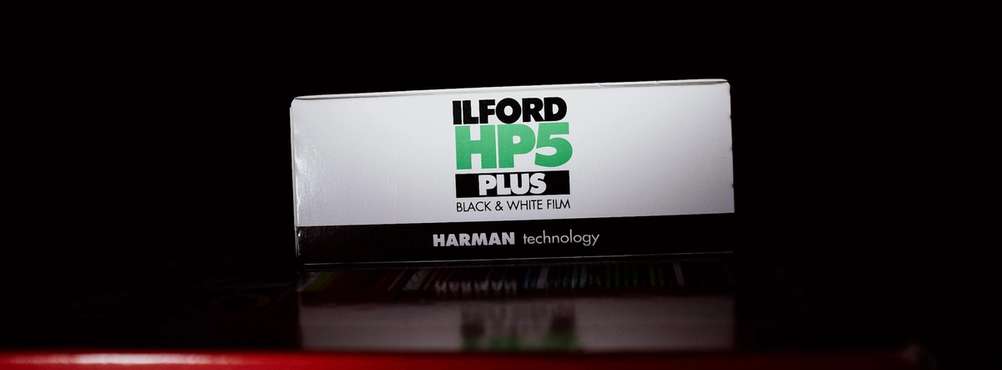
Photo of Ilford HP5 Plus in 120 format.
Ilford HP5 Plus is my go-to black and white film stock but this relationship wasn't forged in an instant. I had used HP5+ here and there but wasn't too impressed with the results. They were quite bland and...gray. Contrast was low. Then, one day, I found a good deal on an expired 30 meter roll of HP5+ and went for it. It expired in 2007 so wasn't too old. The seller didn't mention how it was kept but after testing it was clear that it hadn't deteriorated much. You could shoot it at box speed but ideally third or half a stop of extra exposure would be provided. With this long roll I was allowed some experimental freedom which I used.
Initial results were as expected. Low on contrast and high on grays. Then I tried pushing and I'm still pushing today. Pushing HP5 will boost the contrast which is not unexpected. The grain also increases but in a pleasing way. For example pushing T-Max 400 film results in ugly and weird grain. In my experience at least. HP5 grain particles gain in size but persist the nice shape and layout. Whilst the contrast increases, you don't lose too much in highlights and shadows. There is some loss which is inevitable but I have never found it to be a problem. Only a big benefit for a person that likes some contrast and not super high dynamic range.
My second love boost for HP5+ came when I tried it in 120 format. Obviously in a pushed state. Many of the characteristics from 135 format remain but you lose the grain and gain in the dynamic range and detail. I see no issue in pushing HP5+ to EI3200 when shooting medium format. The grain won't be a problem. Even if you dislike grain. You also seem to get an increase in "tones". Smooth transitions between various light levels and very reasonable latitude. Sure, some shadows can get crushed and some highlights can blow but it's not common and is never a real issue for me. I only see it as a bonus.
Having ISO3200 film for medium format is very liberating for a person that doesn't like tripods. I am that person. I can carry around 10 cameras but even 1 tripod is way too much. I will rant about tripods some other day but having ISO 3200 in my camera means that I can use f11 without needing to live on the surface of the sun.
My go-to developer is Kodak HC-110 and it's also the developer I use for pushing HP5+. I usually go for dilution A and cook the film for Ilford recommended 5 and a half minutes. This will bring the ISO to 1600. When contrast is of utmost importance and light is lacking, cooking for 9 and a half minutes will give you ISO 3200. Using dilution A will use up more developer but it's not too bad in my experience. You can also use dilution B for 11 minutes which will yield ISO 1600 but I haven't tried it myself. I'm sure you can find various other recipes for pushing HP5+ but this is what works for me.
Over time I have also grown to appreciate HP5+ at box speed. It's nowhere near as nice as the pushed version but can deliver good results. It does require more time in the post-processing stage though. It's not my favourite black and white film at ISO 400 ( Kodak Tri-X will be closer to that ) but it's good.
Pulling is also not something I do with HP5+. You lose even more contrast that way. There are quite a few other great black and white film gems that I prefer. That being said, if you forced me to only shoot one film for the rest of my life it would be HP5+. The things you can do with it are vast. It may not be exactly what I love at all speeds but you can always move things along in the post.
One important thing to mention is that I scan my film. I don't print in the darkroom. If you print more than you scan then you might find super-pushed HP5+ more difficult to print as the negative has contrast. You can tame it in the darkroom but it's typically easier to print from flatter negatives.
I will leave you with some of the photos that I've taken with a pushed HP5+. If you've tried HP5+ at box speed and didn't like it, I urge you to try again and push it. If you like HP5+ at box speed, then try pushing it anyway. Pushing is fun. You like pushing buttons and food in your mouth don't you? Pushing HP5+ is even more fun.
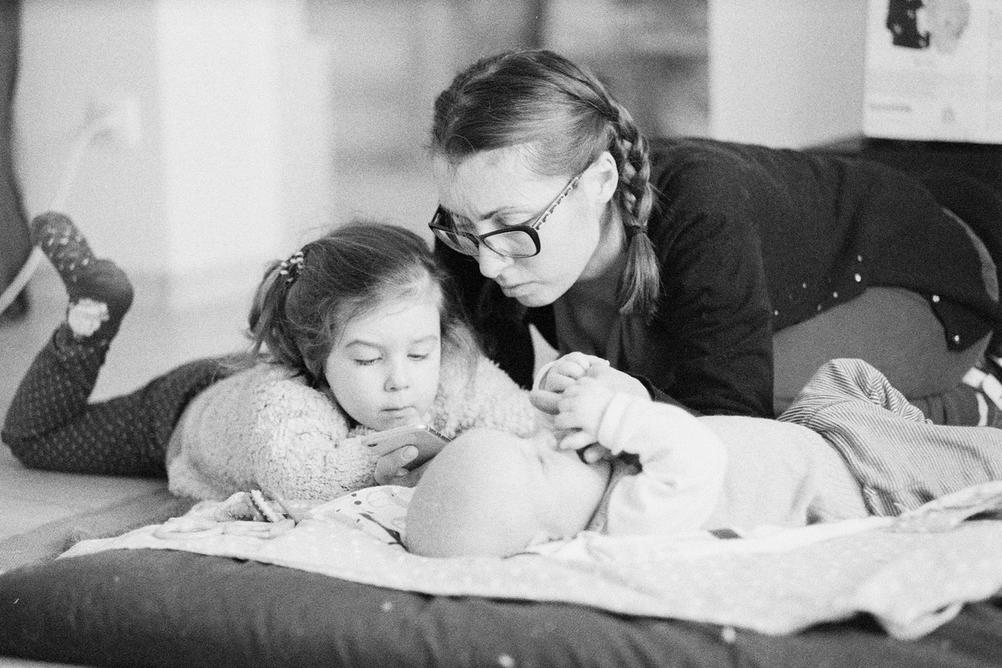
- Camera
- Leica M3
- Lens
- Leica Summicron-M Pre-ASPH 90mm f2
- Film
- Ilford HP5+ EI1600
- Development
- Ilford LC29; Dilution 1:9; 7:30
- Scanner
- Reflecta ProScan 10T
Pushed HP5 has the right level of whites and right level of blacks. The increased ISO also helps when shooting indoors.
Whilst I usually develop with HC-110, it doesn't mean that I haven't tried pushing HP5 with different developers.
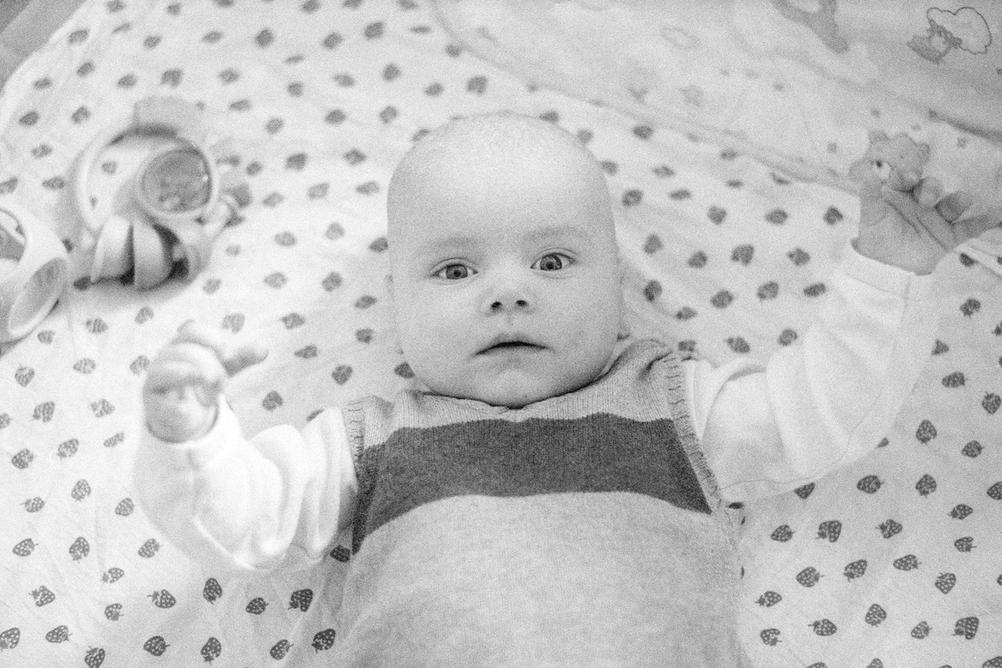
- Camera
- Leica M3
- Lens
- Leica Summicron-M Pre-ASPH 90mm f2
- Film
- Ilford HP5+ EI1600
- Development
- Ilford LC29; Dilution 1:9; 7:30
- Scanner
- Reflecta ProScan 10T
While the increased grain size removes some of the sharpness, the final results are plenty sharp enough and has the nice film character.
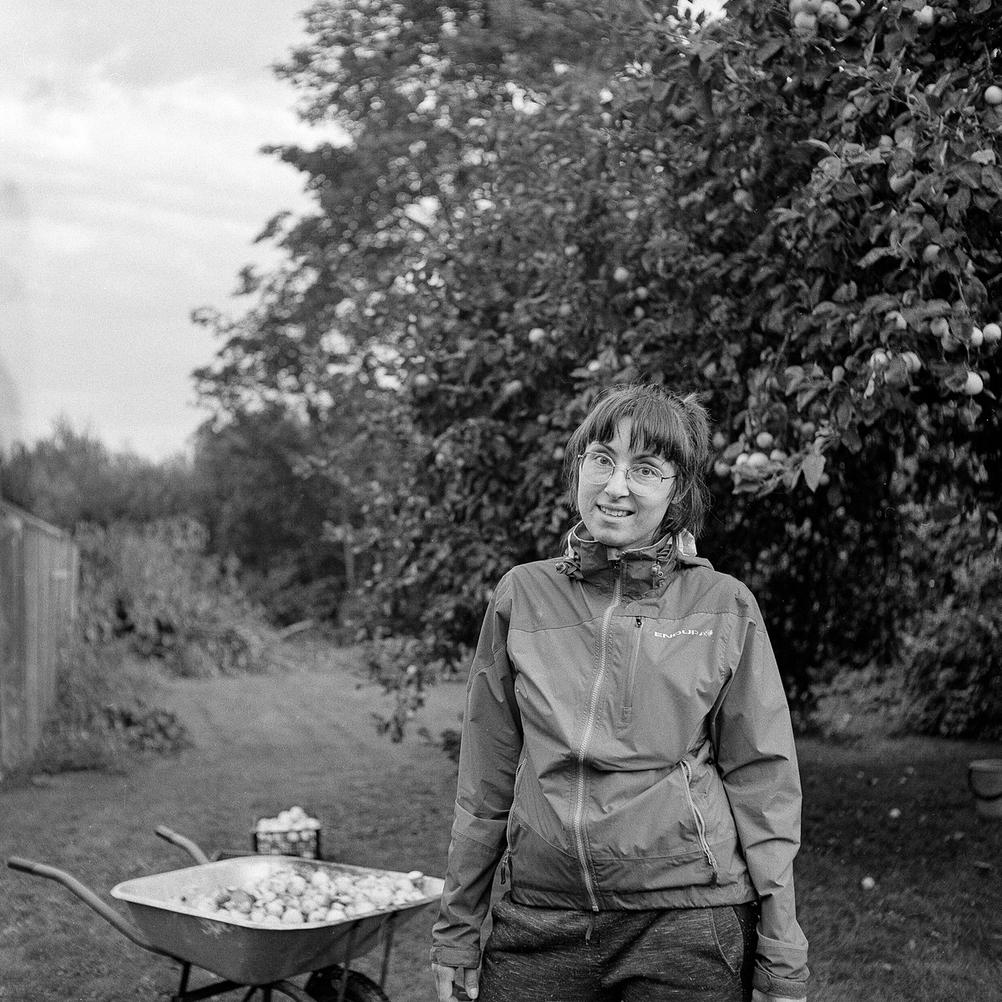
- Camera
- Rolleicord V
- Lens
- Schneider-Kreuznach Xenar 75mm f3.5
- Film
- Ilford HP5+ EI800
- Development
- Kodak HC-110; Dilution B; 7:30min
- Scanner
- Epson V600
At EI800 the results are more gray but you can still reach the deeper blacks in the shadows.
Grain is no issue on medium format.
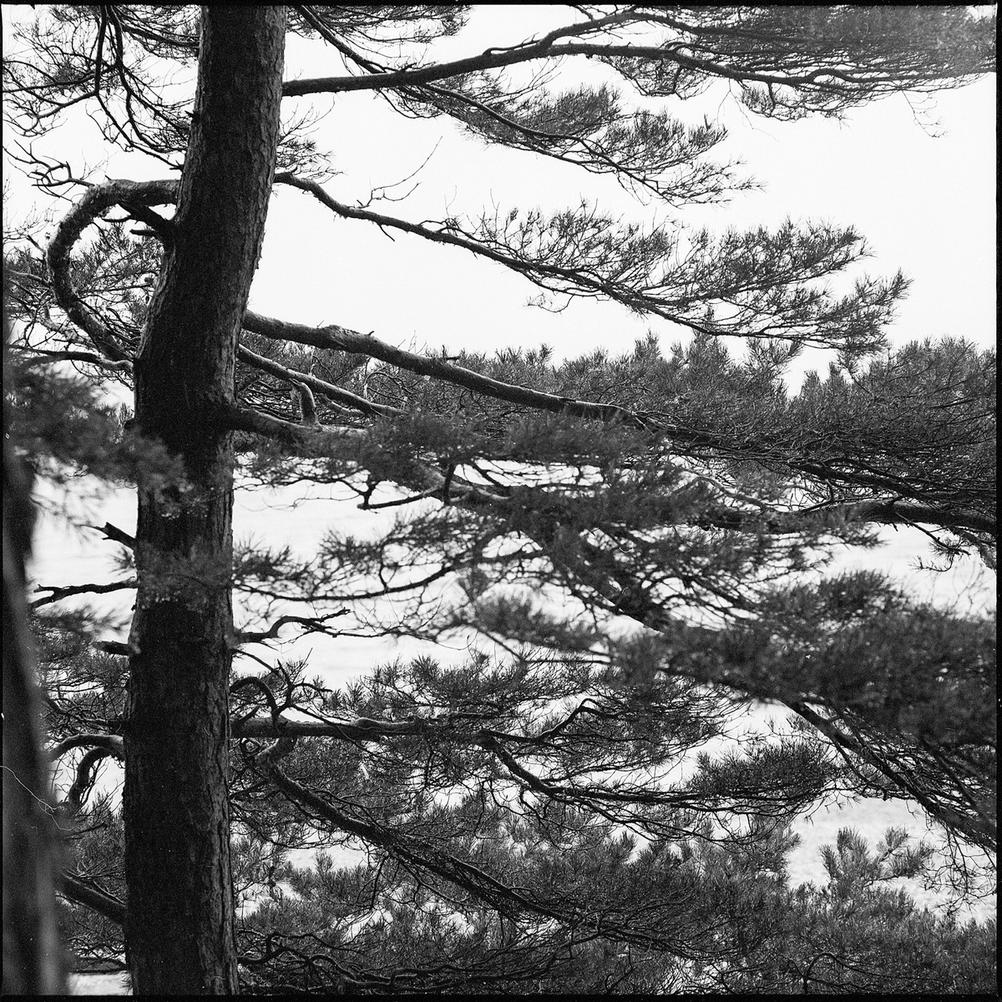
- Camera
- Mamiya C220
- Lens
- Mamiya Super-Sekor 180mm f4.5
- Film
- Ilford HP5+ EI3200
- Development
- Kodak HC-110; Dilution A; 9:30min
- Scanner
- Epson V600
The latitude when pushed to 3200 is still very impressive. The shadows don't have the same amount of detail but do they need to?
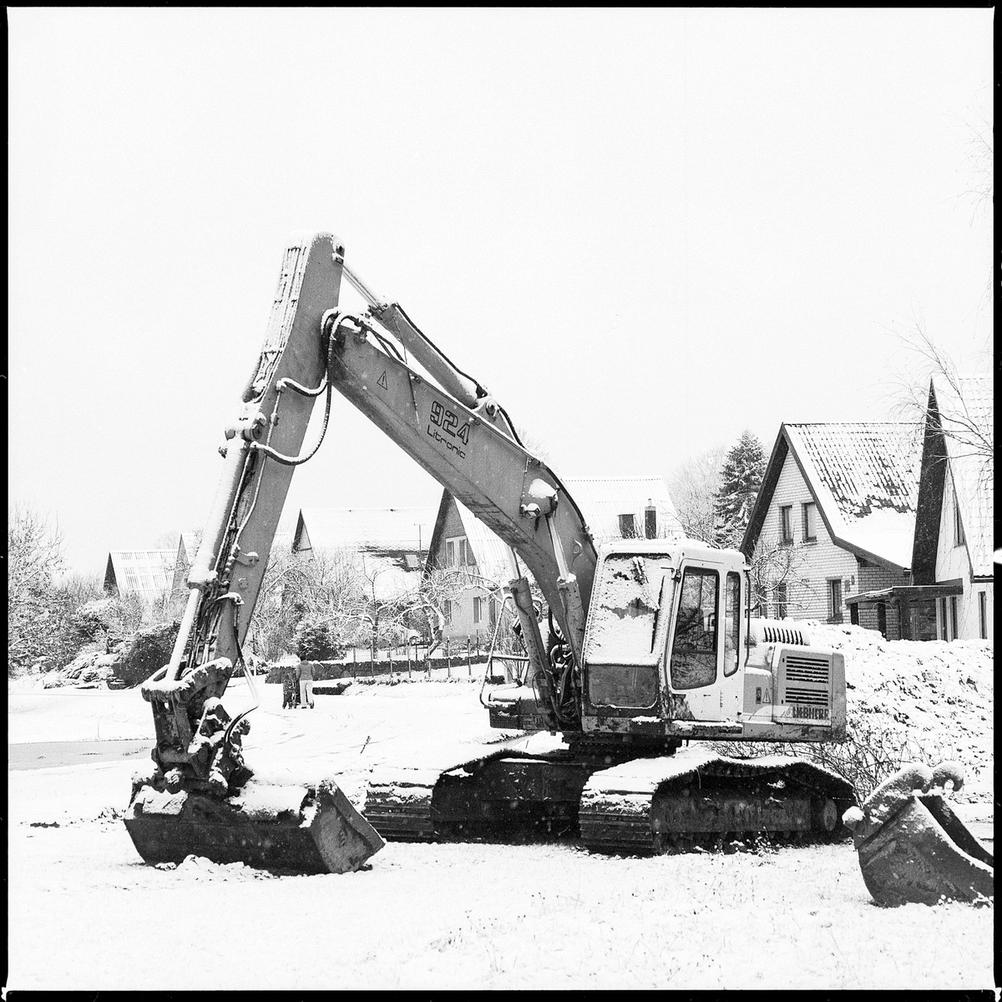
- Camera
- Mamiya C220
- Lens
- Mamiya Super-Sekor 180mm f4.5
- Film
- Ilford HP5+ EI3200
- Development
- Kodak HC-110; Dilution A; 9:30min
- Scanner
- Epson V600
If you're not careful then pure whites can start to blow out. It can work in some photos though.
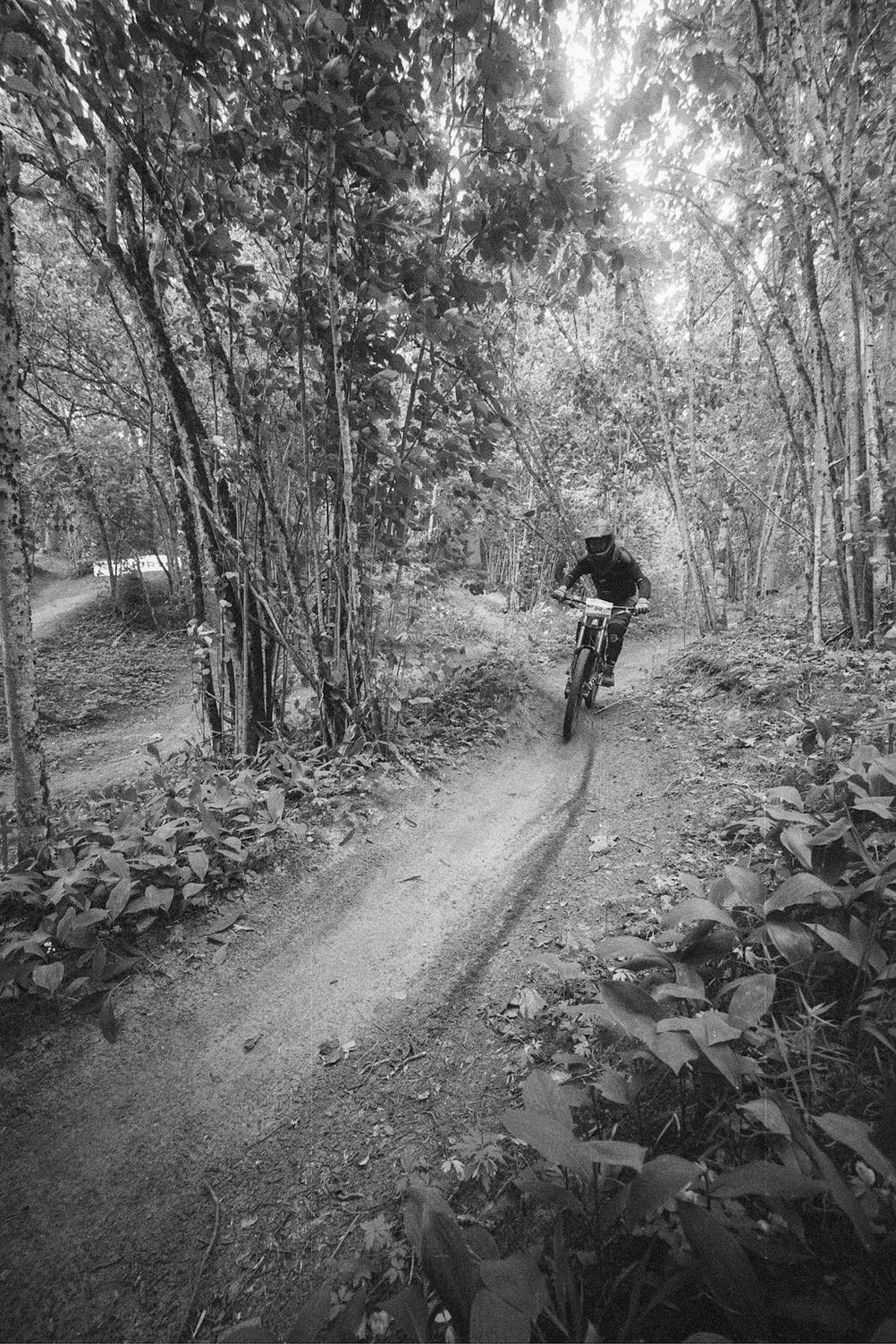
- Camera
- Leica M3
- Lens
- Voigtländer Super Wide Heliar 15mm f4.5
- Film
- Ilford HP5+ EI3200
- Development
- Ilford LC29; Dilution 1:9; 11min
- Scanner
- Reflecta ProScan 10T
It's very helpful to have the ability to push to ISO 3200 when a need to capture high speed moving subjects in the dark arrises.
On 135 format it does start to fall apart a bit and you won't be able to capture both the shadows and highlights.
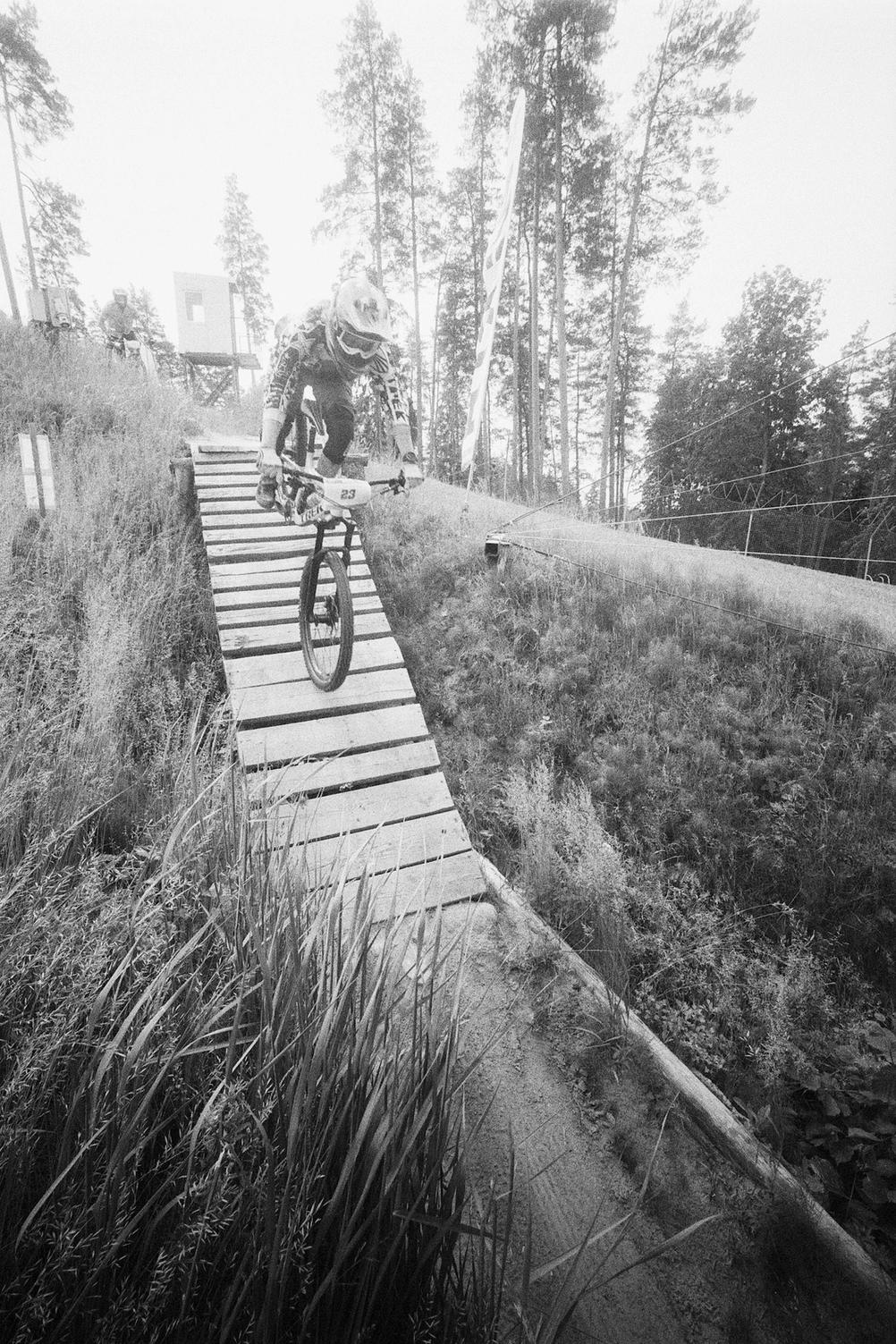
- Camera
- Leica M3
- Lens
- Voigtländer Super Wide Heliar 15mm f4.5
- Film
- Ilford HP5+ EI3200
- Development
- Ilford LC29; Dilution 1:9; 11min
- Scanner
- Reflecta ProScan 10T
Highlights in this photo are gone and it was cloudy outside.
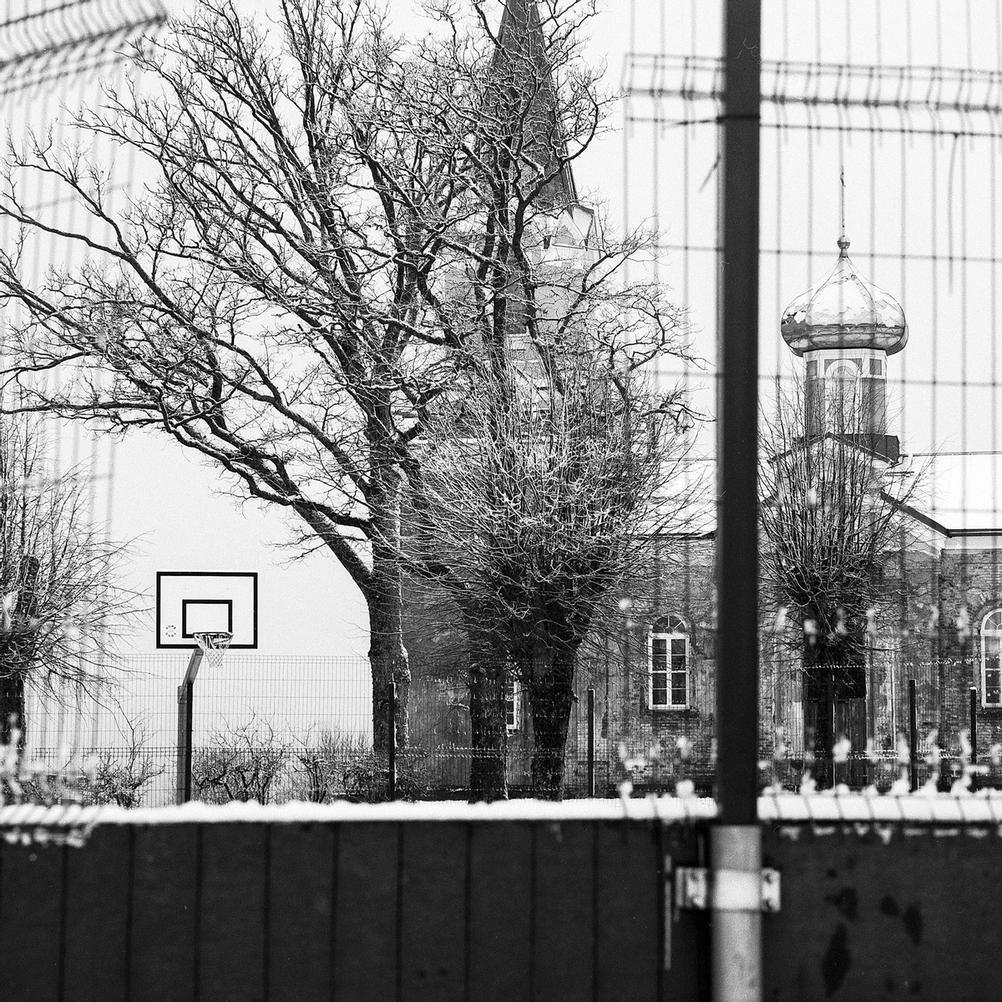
- Camera
- Mamiya C220
- Lens
- Mamiya Super-Sekor 180mm f4.5
- Film
- Ilford HP5+ EI3200
- Development
- Kodak HC-110; Dilution A; 9:30min
- Scanner
- Epson V600
In 120 format HP5 doesn't start to fall apart at ISO 3200. Instead it gains powers of awesome looks.
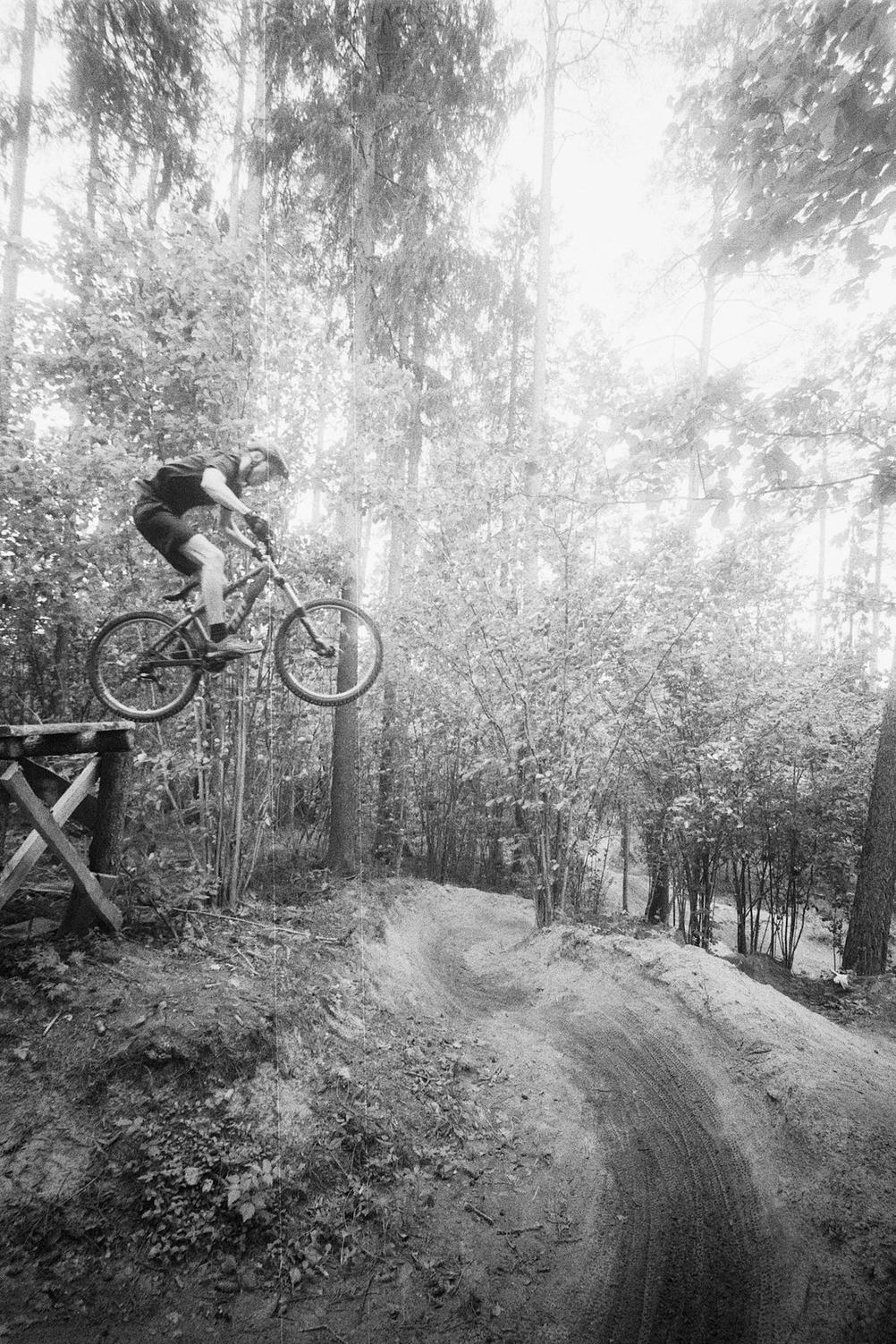
- Camera
- Leica M3
- Lens
- Voigtländer Super Wide Heliar 15mm f4.5
- Film
- Ilford HP5+ EI3200
- Development
- Ilford LC29; Dilution 1:9; 11min
- Scanner
- Reflecta ProScan 10T
Although the highlights fall apart it can give you dreamy vibes.
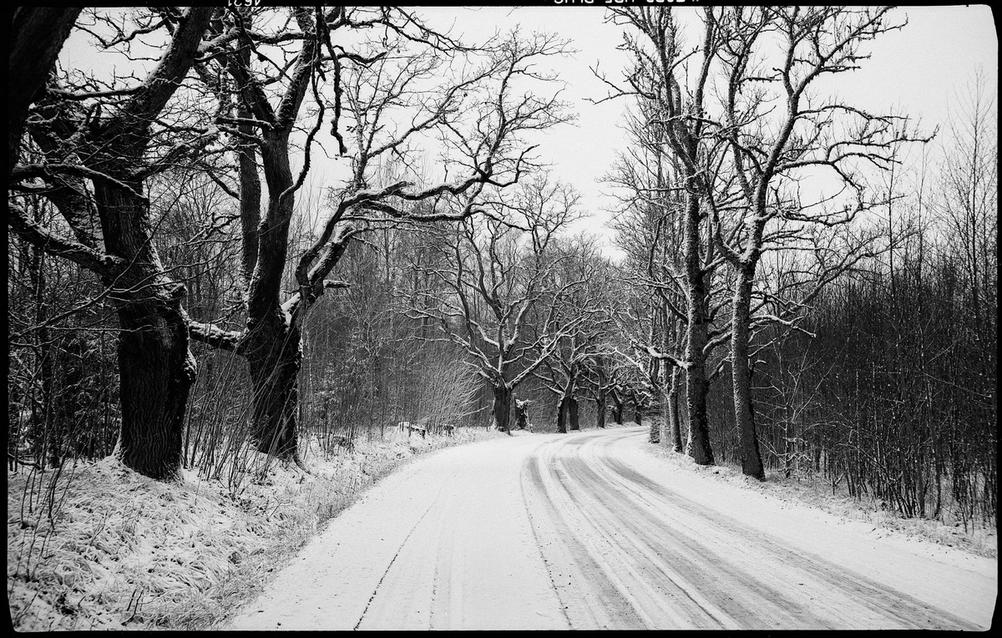
- Camera
- Voigtländer Bessa I
- Lens
- Voigtländer Color-Skopar 105mm f3.5
- Film
- Ilford HP5+ EI3200
- Development
- Kodak HC-110; Dilution A; 9:30min
- Scanner
- Epson V600
You will be hard-pressed to find grain when pushing a 6x9 image size to 3200. At least at my scanner resolution.
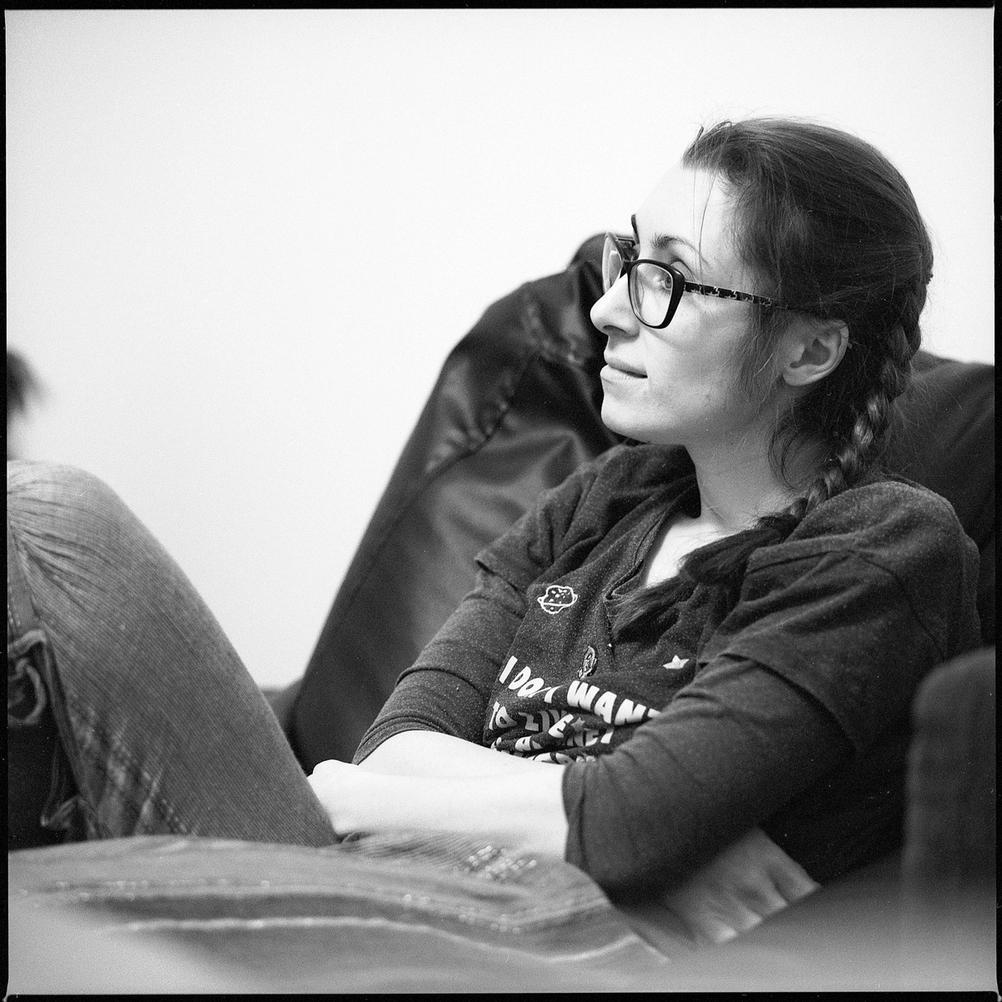
- Camera
- Mamiya C220
- Lens
- Mamiya Super-Sekor 180mm f4.5
- Film
- Ilford HP5+ EI3200
- Development
- Kodak HC-110; Dilution A; 9:30min
- Scanner
- Epson V600
Having an ability to shoot long and not the brightest medium format lenses indoors is great.
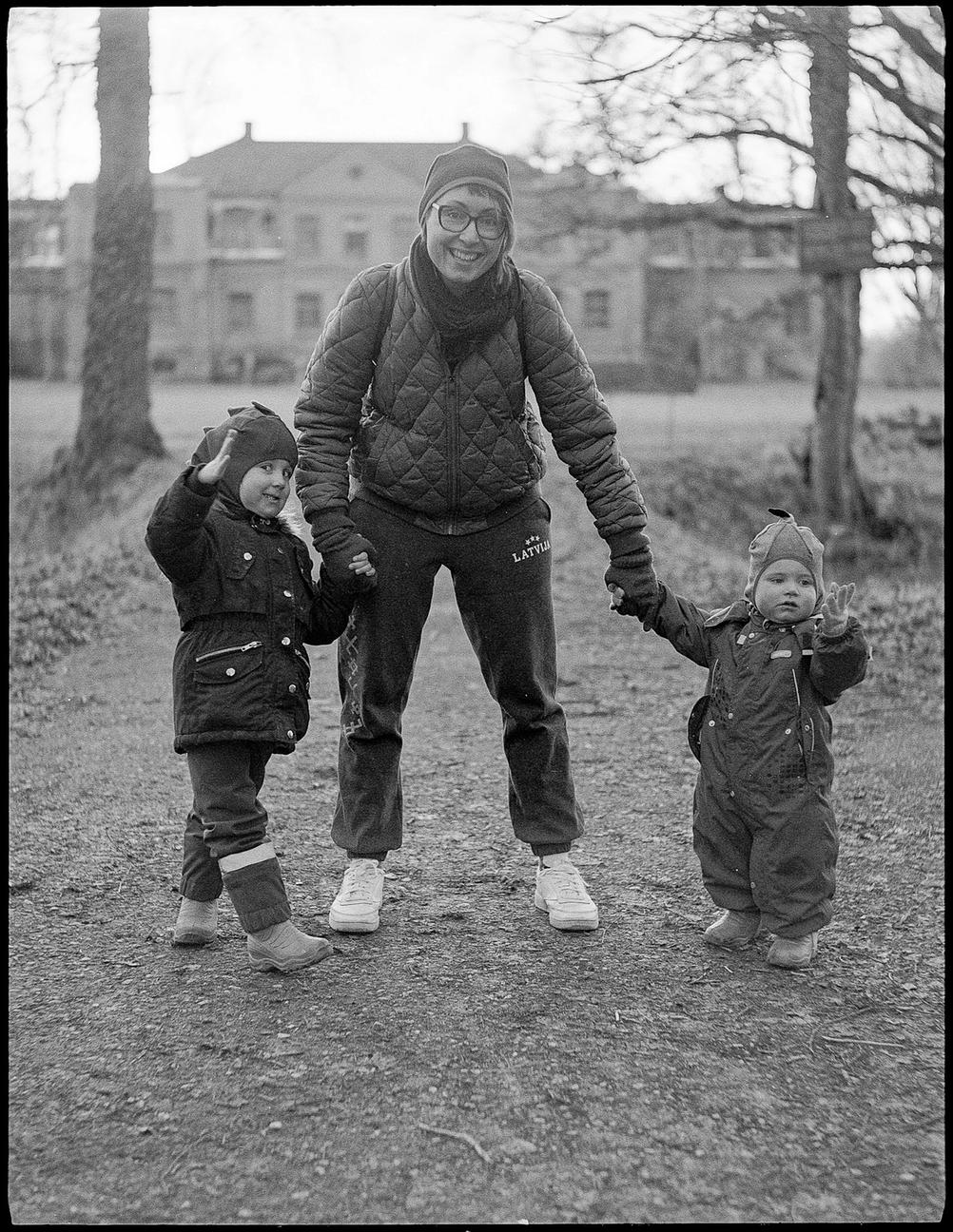
- Camera
- Voigtländer Bessa I
- Lens
- Voigtländer Color-Skopar 105mm f3.5
- Film
- Ilford HP5+ EI800
- Development
- Kodak HC-110; Dilution B; 7:30min
- Scanner
- Epson V600
On 645 you can start to see some grain but it's small.
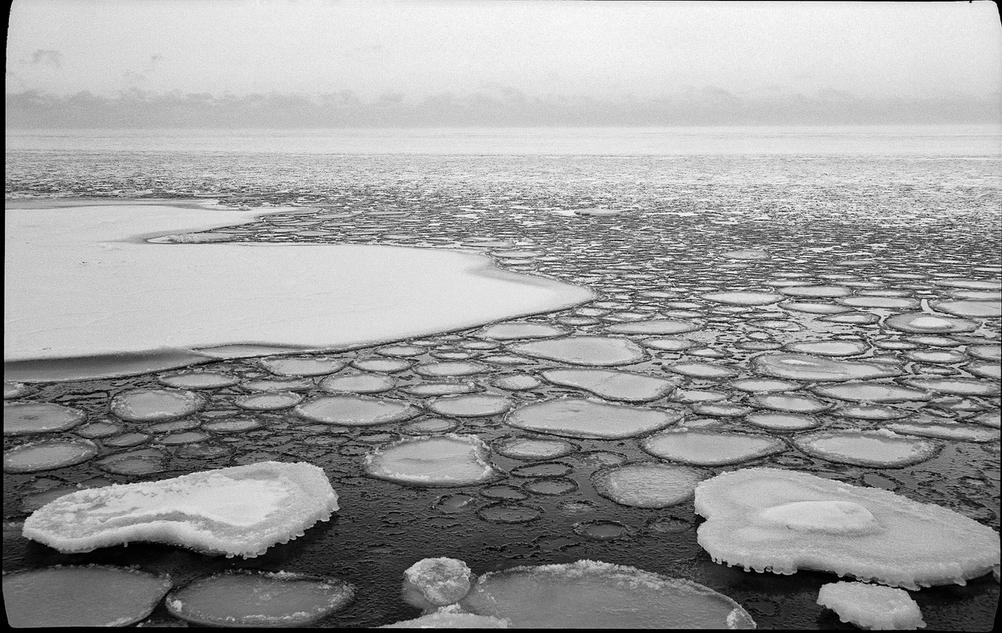
- Camera
- Voigtländer Bessa I
- Lens
- Voigtländer Color-Skopar 105mm f3.5
- Film
- Ilford HP5+ EI3200
- Development
- Kodak HC-110; Dilution A; 9:30min
- Scanner
- Epson V600
I feel like I should stop saying that large negative means pushing brings no downsides.
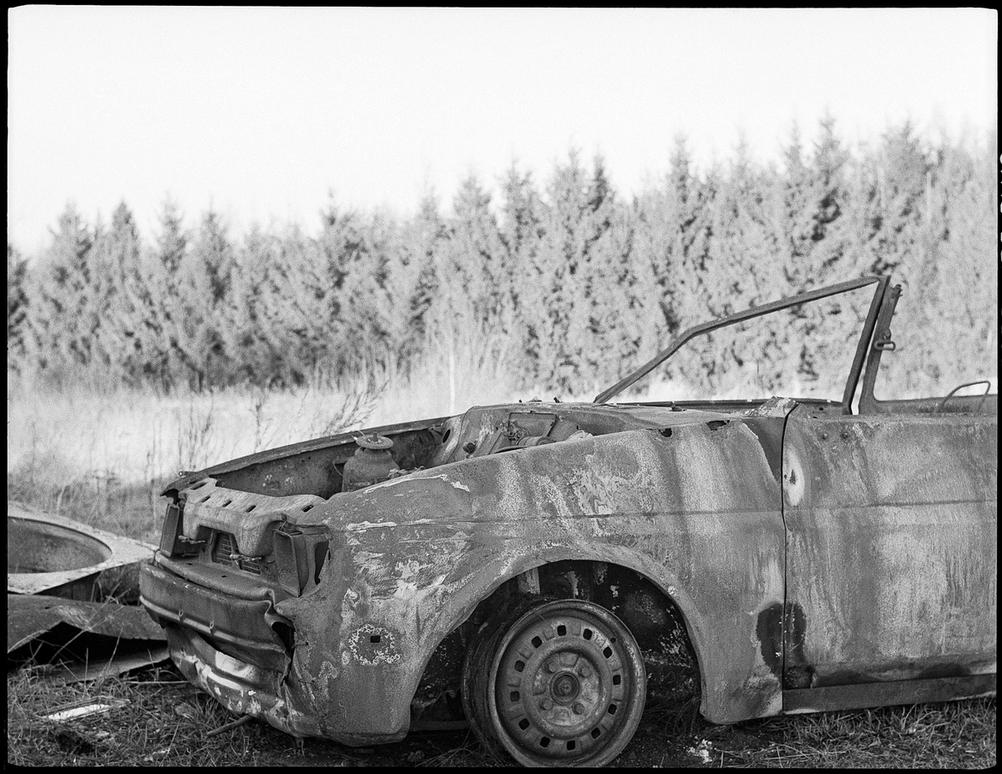
- Camera
- Voigtländer Bessa I
- Lens
- Voigtländer Color-Skopar 105mm f3.5
- Film
- Ilford HP5+ EI1600
- Development
- Kodak HC-110; Dilution A; 5:30min
- Scanner
- Epson V600
A lot of shadow detail with highlights not being blown. In 645 mode.
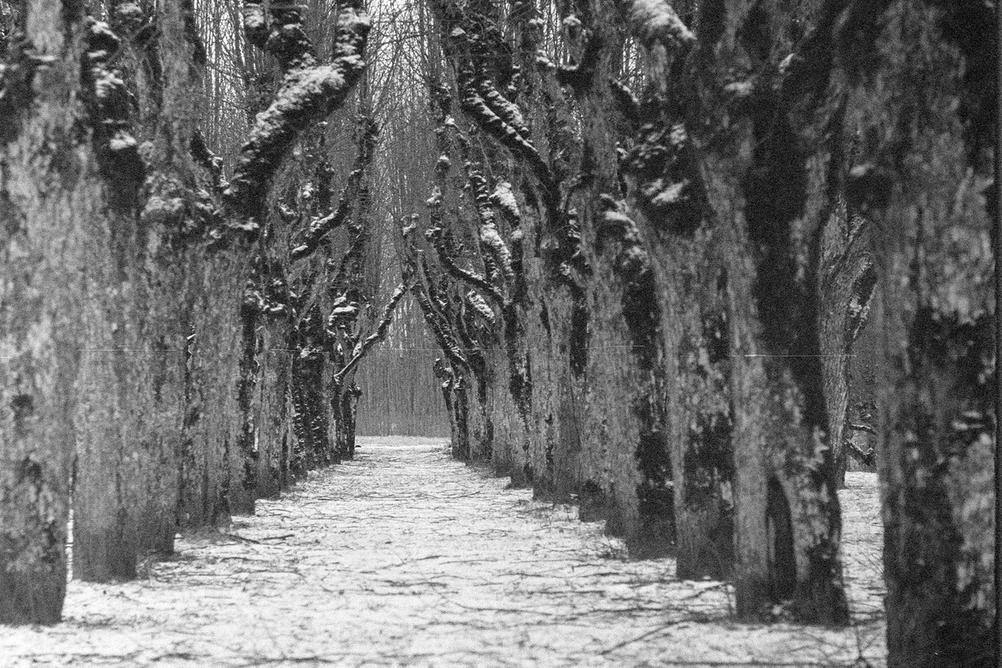
- Camera
- Canon P
- Lens
- Leitz Elmar 90mm f4
- Film
- Ilford HP5+ EI400
- Development
- Ilford LC29; Dilution 1:9; 3:30min
- Scanner
- Reflecta ProScan 10T
Lastly a plain, old, box speed photo. It's a lot more tame.
